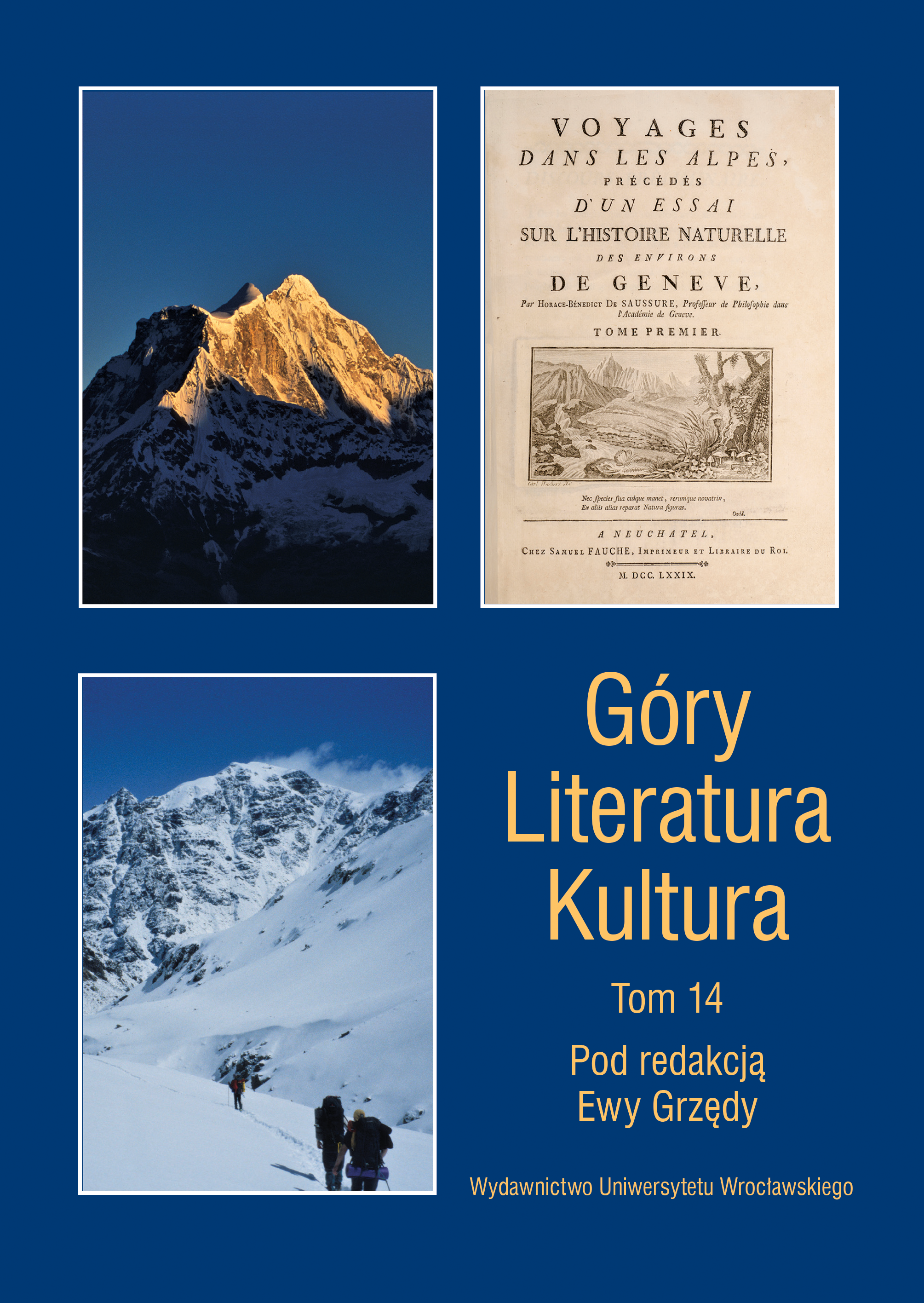

Rozprawy i szkice

In the article the author seeks to answer the question — suggested by Romantic accounts — about whether the most colourful feature of mountain landscape is its religious nature or whether its most evident characteristics are those that turn it into a land of death. Drawing on biblical arguments, Romantic culture assigned to the mountains attributes of sacred a space inspiring strong religious experiences verging on mystical experiences (Ludwik Zejszner). Thus in the Romantic way of thinking the mountains became witnesses to the creation of the world (Antoni Czajkowski), while the natural landscape began to be viewed as hypostasis of divinity. That is why a homage paid to nature became a religious experience and a tribute to the greatness of God. Hierophanies turning the mountains into a sacred space generated strong religious responses in Romantic subjects; they encouraged prayer and prayerful ritualisation of behaviour. A Romantic wanderer felt a sense of unity with God both on top of a mountain and by the Morskie Oko lake. However, the mountains were also presented many times as a space of death, a fact stemming from the terror of their landscape. Romantic tourists were made aware of this omnipresence of death in the mountains by crosses placed in the mountains as well as graves scattered across them. Victims of the mountains included highlanders, tourists, treasure hunters and poachers. That is why in some literary visions various places in the mountains appeared as a big graveyard (“Czarny Staw as the capital of death”, Łucja Rautenstrauchowa). In the article the author points to various causes of death and characteristic ways of dying in the mountains.